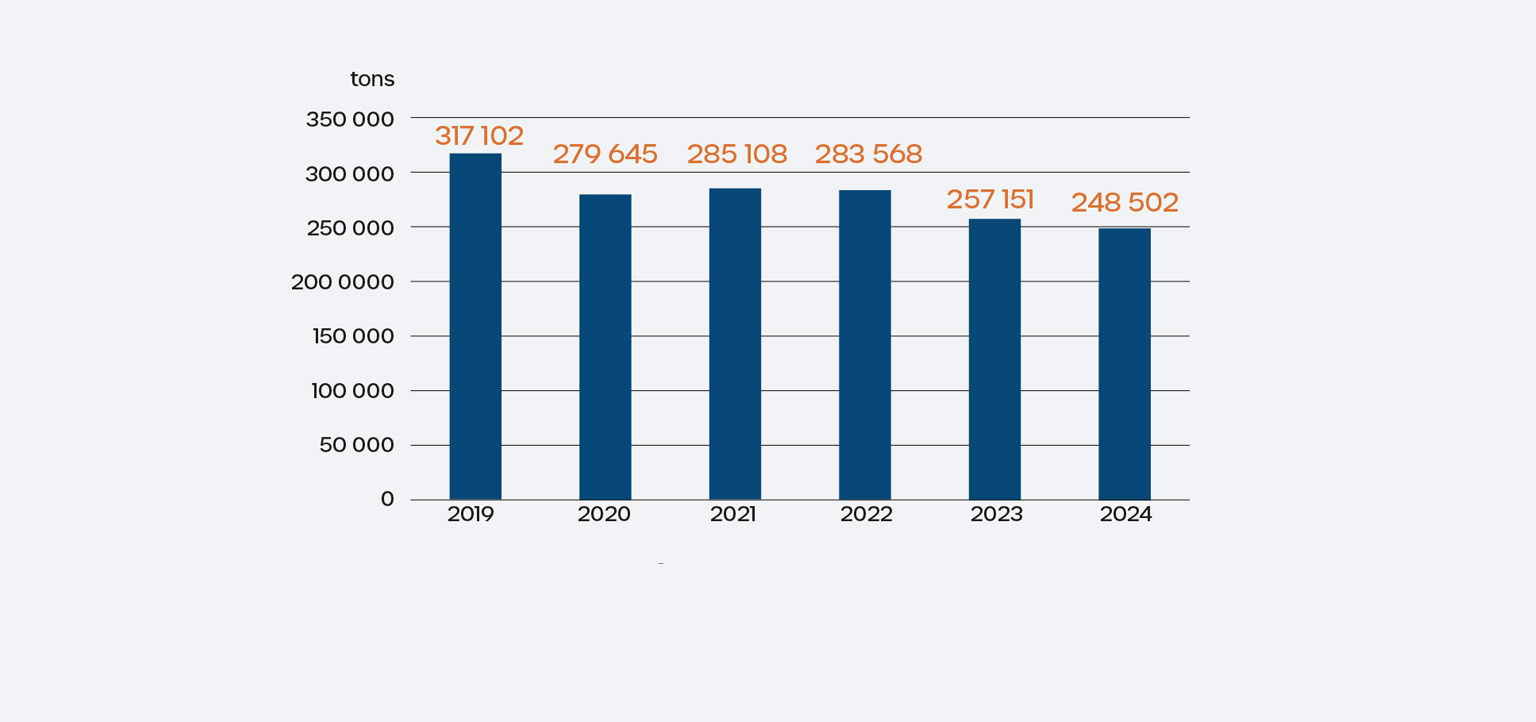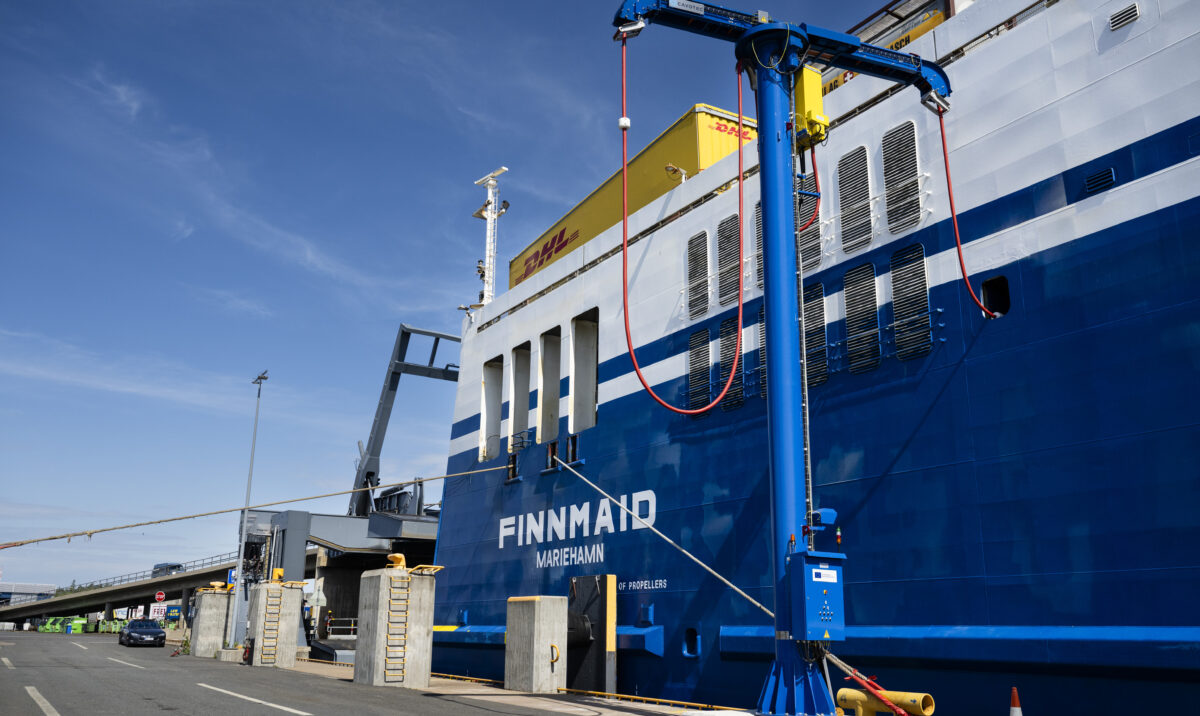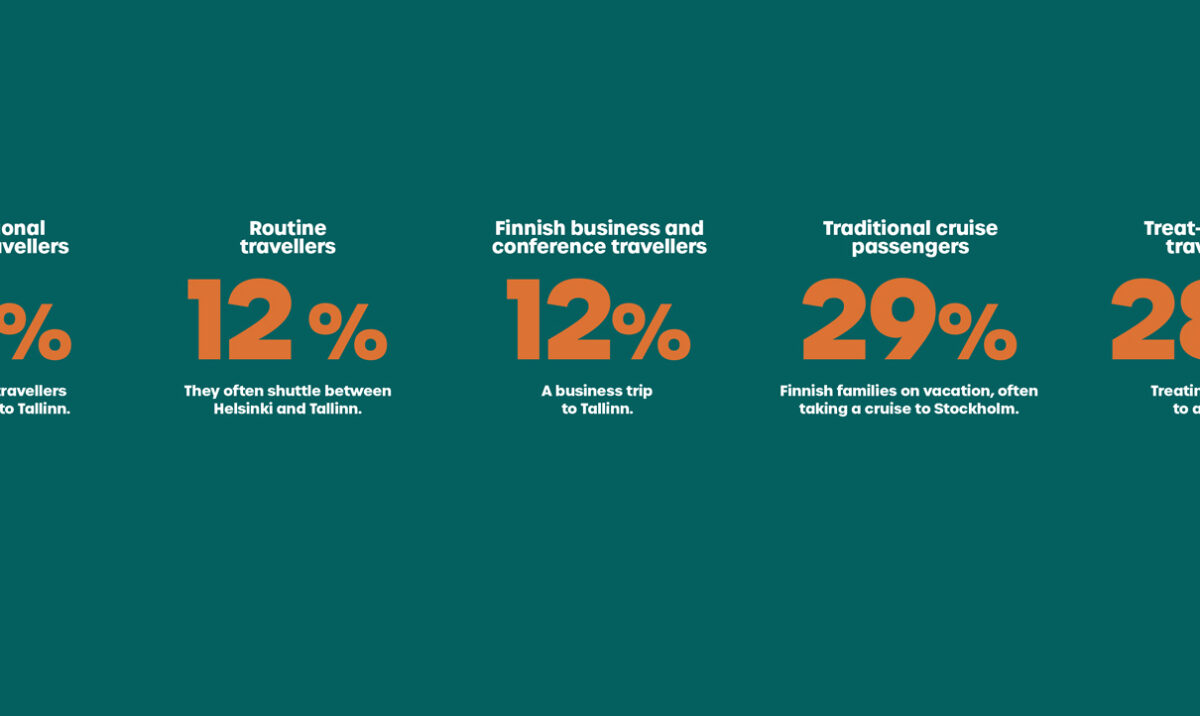
Green corridor emissions calculated
Carbon dioxide emissions from maritime transport between Helsinki and Tallinn as well as Vuosaari and Muuga have been calculated as part of Green Corridor collaboration. It involves the ports and cities of Helsinki and Tallinn, as well as three shipping companies that operate regular services between the two cities: Tallink Silja, Viking Line and Eckerö Line.
“Thanks to Green Corridor collaboration, we’ve been able to calculate the carbon footprint of the entire corridor for the first time. We’ve also calculated the trends in emissions over the last few years,” says Andreas Slotte, the Port of Helsinki’s Head of Sustainable Development.
Slotte says that the calculations did not yield any surprises.
“We knew that emissions were fairly high, as large vessels and a lot of cargo make frequent journeys between the cities. However, there has been a significant reduction in emissions in recent years, which means that a lot of progress is being made. And we’ve now received confirmation of our assumptions.”
The emission calculations will provide baseline data against which future emissions reductions can be compared. The project collected data about projects that promoted emission reductions among operators in the period 2017–2024. Thanks to these measures, the cumulative reduction in CO2 already totalled 120,000 tons last year. Many of the earlier projects were aimed at shortening port calls.
The total emissions from maritime transport between Helsinki and Tallinn in 2024 were estimated at 248,502 tons of carbon dioxide. In addition to emissions from ships, this figure includes all emissions generated in port areas, such as emissions from port operators’ machinery and land transport. However, emissions from sources other than vessels account for less than 2 per cent.
“The most important ways of influencing the total emissions of a transport corridor revolve around the fuel solutions used by vessels. At the moment, it’s still not clear if alternative fuels like hydrogen derivatives or methanol will become more commonplace,” says Ellen Kaasik, Head of Environmental Management Department at the Port of Tallinn.
Kaasik says that fully electric ships are also being investigated.
“Several shipping companies are interested in them, and negotiations between shipping companies and ports are ongoing. I believe that progress will be made fairly soon,” she says.





